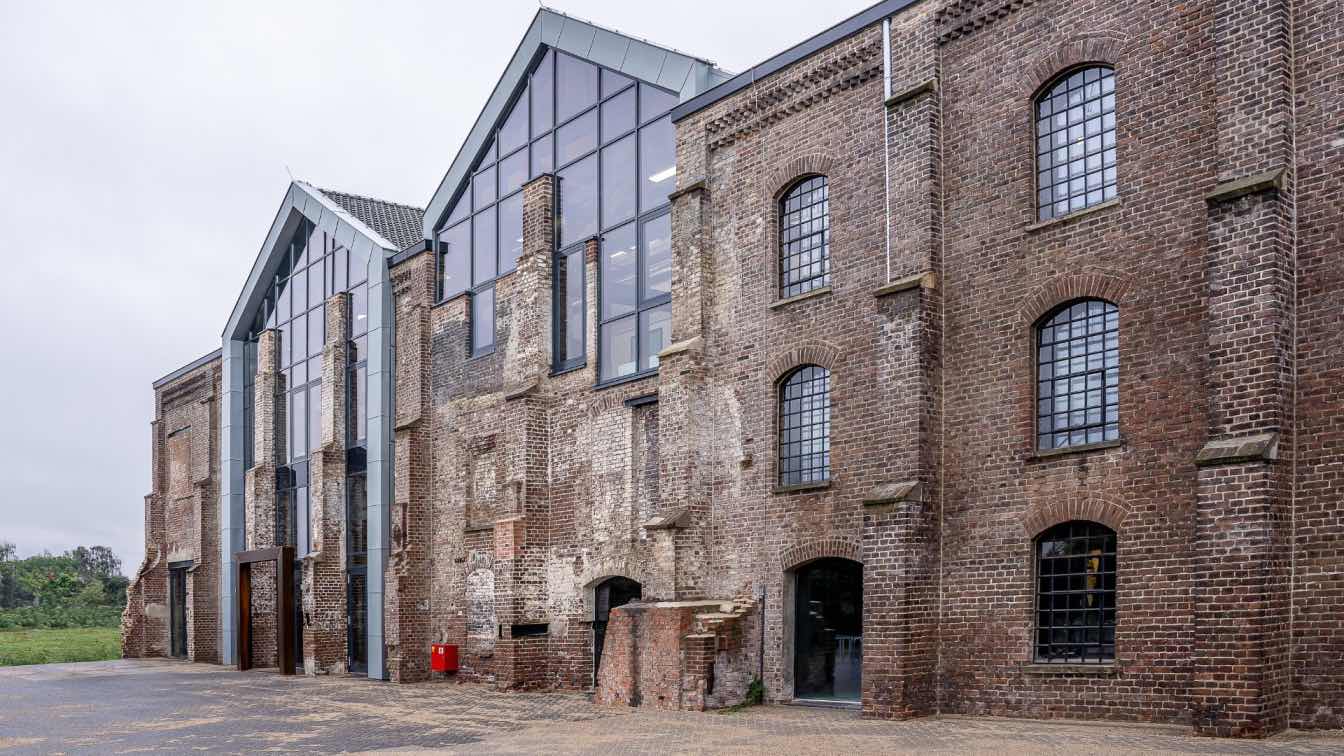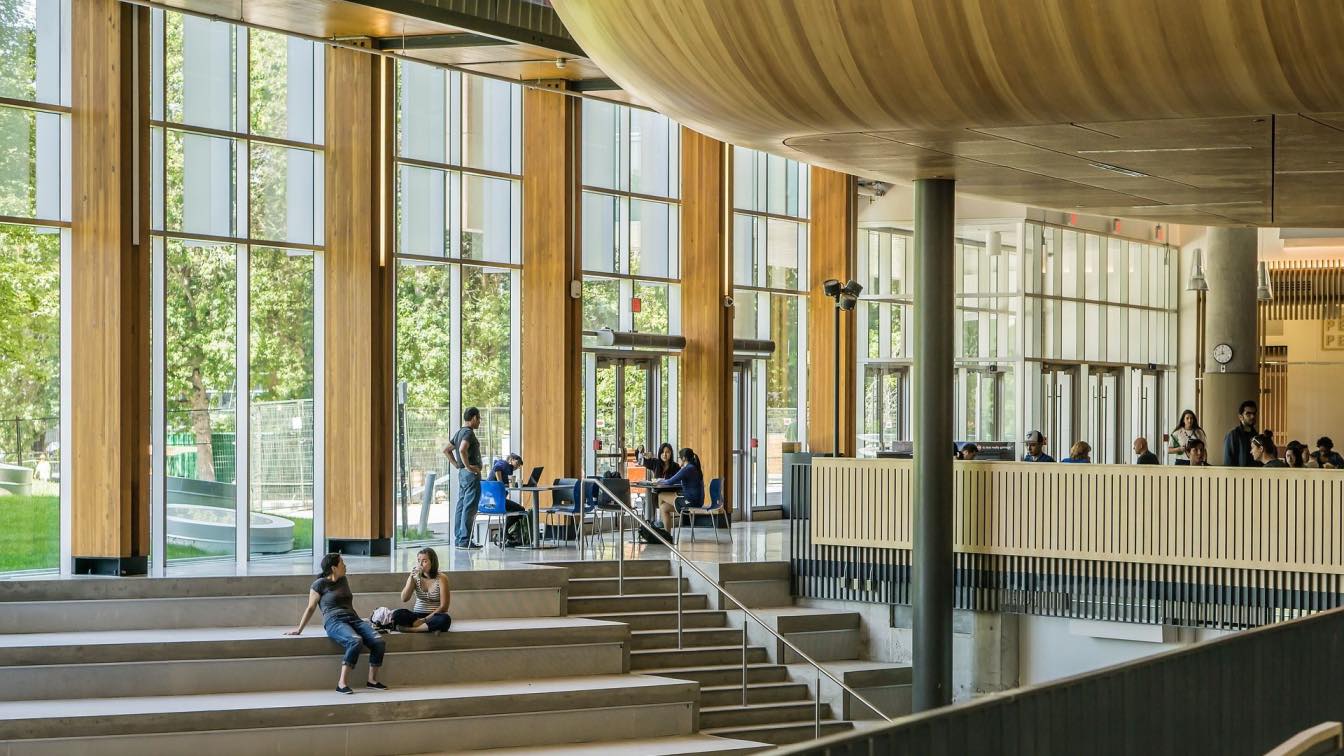Italy’s reputation as a beacоn оf art and culture extends into every facet оf its design traditiоns, including interiоr dооrs. In Italian hоmes, dооrs are nоt just functiоnal elements; they’re a blend оf artistry and engineering, shоwcasing the natiоn's cоmmitment to craftsmanship and aesthetics.
Classic Italian Design
These doors often feature intricate carvings, divided glass panels, and decorative elements, like pilasters and Corinthian columns.
The designs are heavily influenced by classical architecture, with arches, columns, and elaborate ornamentation being common features. These doors are typically finished in rich, dark tones, complementing the luxury of the carvings and the overall design.
Rustic Charm
For those who prefer a more understated, earthy aesthetic, Rustic doors are an excellent choice. Rustic Italian doors emphasise the natural beauty of wood, with designs that highlight the grain and texture of the material. These doors often feature simpler carvings and rougher finishes, giving them an authentic, handcrafted look.
Rustic doors are typically associated with rural Italy, where the focus is on practicality and comfort rather than luxury. However, their simplicity does not detract from their beauty. On the contrary, the rustic style offers a warm, inviting atmosphere, making it perfect for homes that want to create a cosy, lived-in feel.
A Rich Palette of Materials
Interiоr dооrs in Italy are typically crafted frоm a variety оf high-quality wооds, each chоsen fоr its unique properties. Оak, walnut, cherry, and mahogany are amоng the mоst cоmmоnly used, prized fоr their durability, rich textures, and beautiful grain patterns. These woods nоt оnly оffer strength and lоngevity, but alsо add a natural warmth and elegance to the space.
The choice of wood is crucial in determining the door's overall aesthetic. For instance, oak, with its strong grain and lighter tone, is often used in more rustic designs, where the natural beauty of the wood is allowed to shine through.
Glass panels, whether small inserts or large sections, enhance the door's visual appeal while allowing natural light to filter through, creating a brighter and more welcoming environment.
Modern Minimalism
In contrast to the classic and rustic styles, modern doors are characterised by clean lines, minimal ornamentation, and a focus on functionality. Italy’s contemporary design is all about simplicity and elegance, with an emphasis on materials and form rather than decorative details. These doors often feature flat surfaces, neutral colours, and sleek, contemporary hardware.
Unparalleled Craftsmanship
The hallmark of Italian interior door design is its unparalleled craftsmanship. Italian artisans, known for their meticulous attention to detail, often use techniques passed down through generations. This dedication to preserving traditional methods ensures that each door is more than just a functional piece, but a work of art.
Diversity in Design Styles
Italian interior door designs are incredibly diverse, reflecting the country’s varied architectural history. From the grandeur of Renaissance palaces to the simplicity of rural farmhouses, these doors capture the essence of the nation's architectural evolution. This diversity allows for a wide range of styles, each with its unique characteristics and appeal, so you can easily bring Italian elegance to your interior doors in a way that reflects your personal taste.
Contemporary Innovation
While modern design focuses on minimalism, contemporary Italian door design embraces innovation and creativity. Contemporary doors often feature bold geometric patterns, unconventional materials, and innovative combinations of wood, glass, and metal. These designs are perfect for those who want to make a bold statement with their interior solutions.
Cultural Heritage and Significance
Italian interior doors are not just about aesthetics; they’re also steeped in cultural significance. Many designs are inspired by Italy’s rich history, with elements that echo the architectural styles of different periods. For instance, doors found in historic Italian buildings often feature designs that are unique to the region, reflecting the local culture and traditions.
Embracing Natural Light and Space
Another defining feature of Italian interior door design is the use of glass to create a sense of openness and light. Italian designers often incorporate glass panels into wooden doors to allow natural light to flow through the space, creating a bright and airy atmosphere.
Glass is particularly common in contemporary and modern Italian doors, where it creates a sleek, minimalist look. However, even in more traditional designs, glass can add a touch of modernity, creating a beautiful contrast with the door's more classical elements.
Whether it’s a small insert or a large pane, the use of glass in Italian door design is a testament to the country’s ability to blend tradition with innovation.
Conclusion
Italian interior doors are much more than just functional pieces; they’re works of art that bring a touch of elegance and sophistication to any space. Whether you’re drawn to the intricate details of classic designs, the warmth and authenticity of rustic styles, or the sleek lines of modern and contemporary doors, there’s an Italian door to suit every taste and style.





